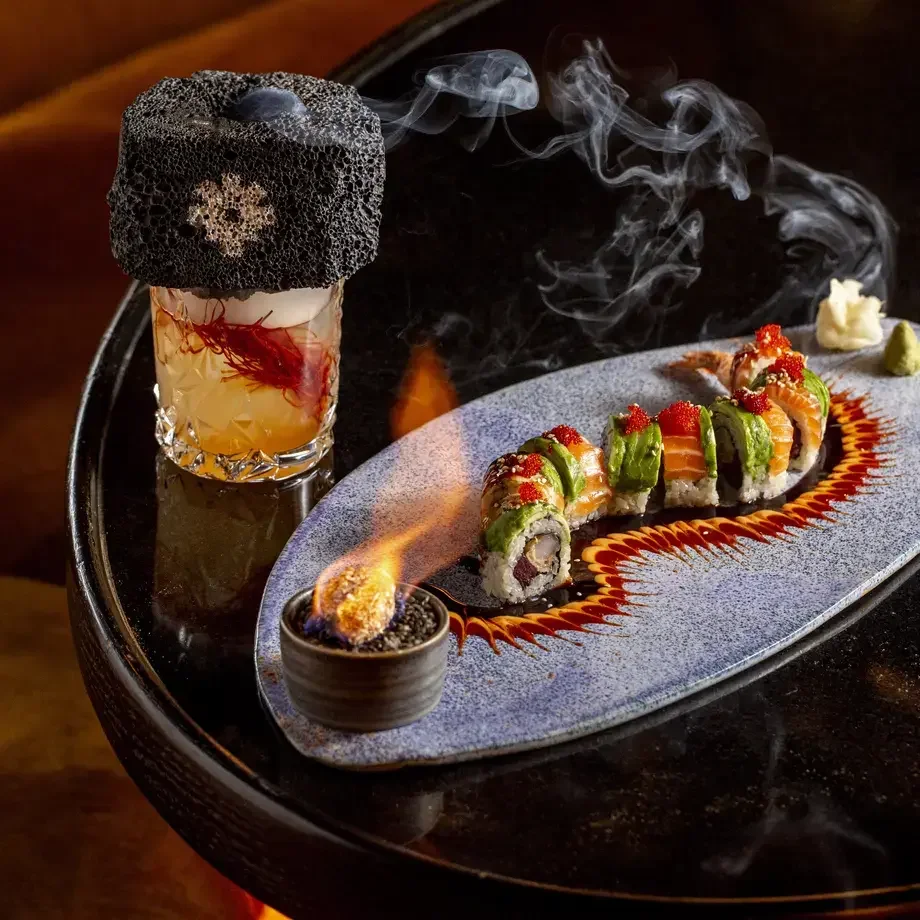In fact, squash peel is completely edible. All of it. It’s actually very nutritious too, with plenty of fibre and a rich source of vitamin A. Of course, ‘edible’ simply means that eating it isn’t dangerous, and it doesn’t necessarily follow that it will be pleasant to eat. Whether you would actually want to eat squash skin really depends on the type of squash. Some have tough, stringy skins that are best removed, while others are naturally tender, or tend to soften up when cooked.
Pumpkin skin
This Halloween and Thanksgiving favourite is one of the larger varieties of squash, and as anyone who has ever carved a Jack o’ Lantern will tell you, their skins are pretty tough. In fact, larger squashes tend to have tougher skins in general, simply because they have a heavier load of flesh to protect.
Pumpkin skin is generally too tough to eat, and should be removed. Luckily, there is an easy way to peel and cut pumpkins, so preparing them isn’t the big job you might think it is.
Butternut squash skin
Butternut squash has thin skin, but it is still fairly tough. It will soften with cooking, however, so whether you leave it on or not depends on what kind of dish you’re making. If you’re slow-cooking your squash to make soup, the skin should soften up nicely, and may not need to be removed. Choose a smaller butternut squash with softer skin to make the job easier.













